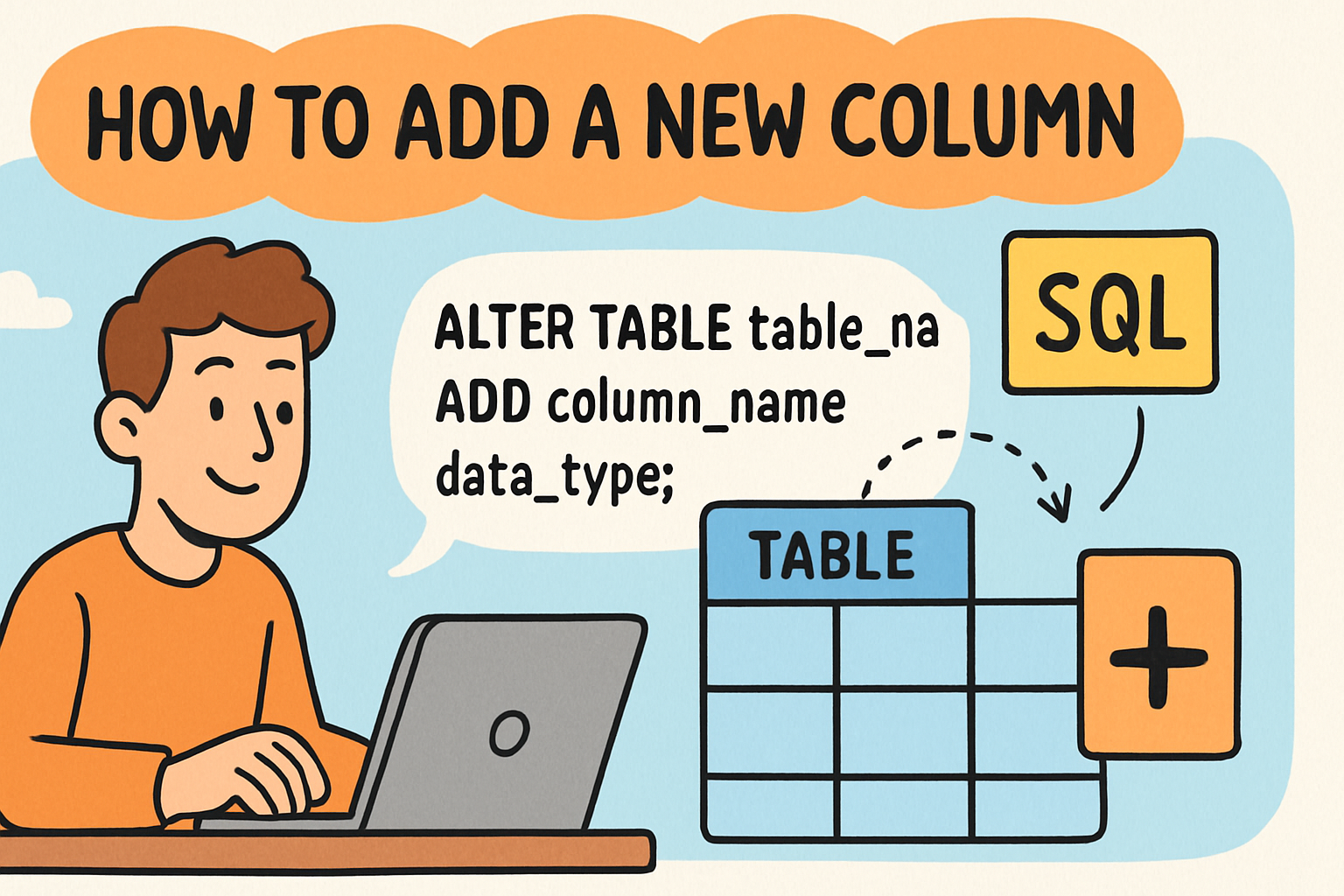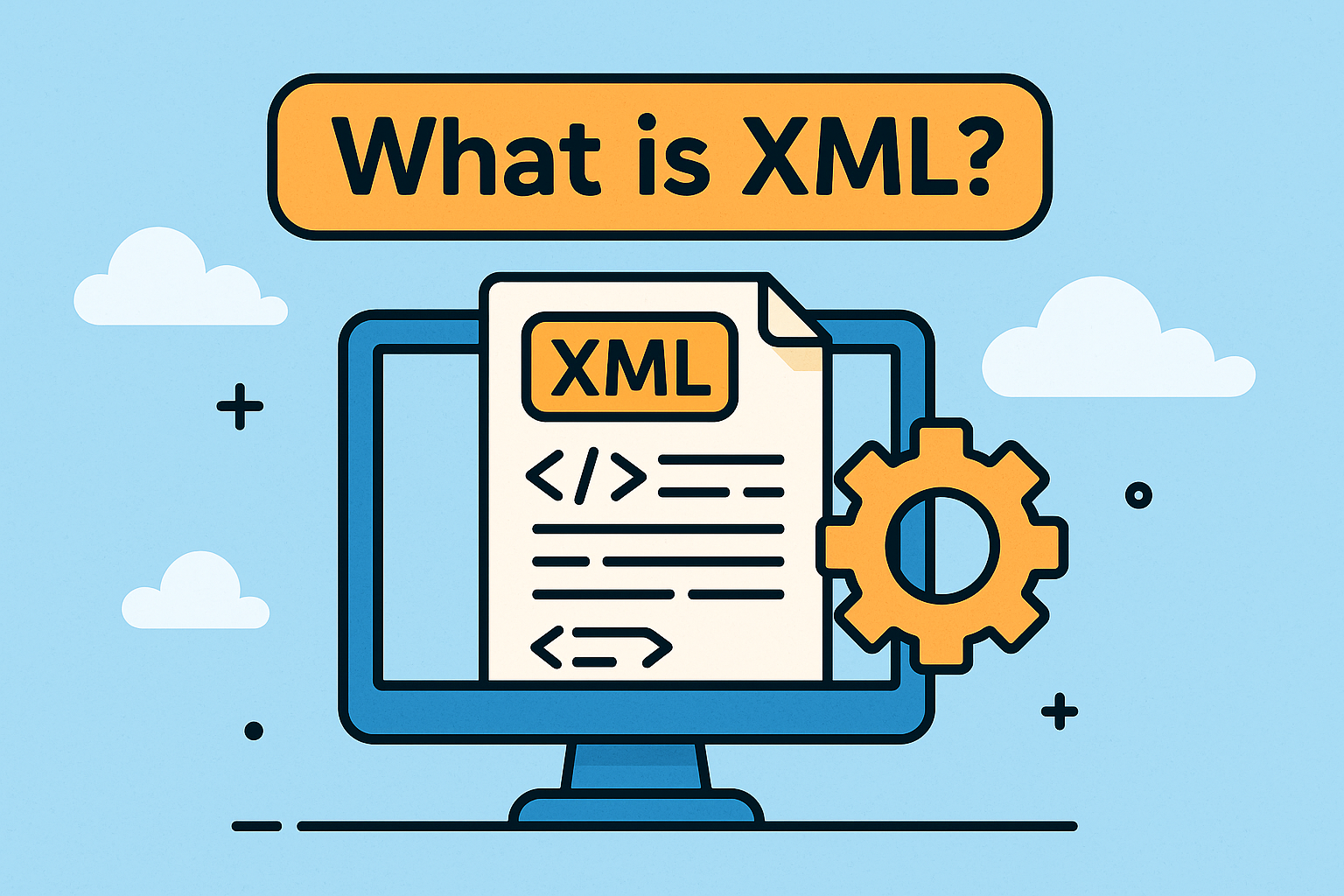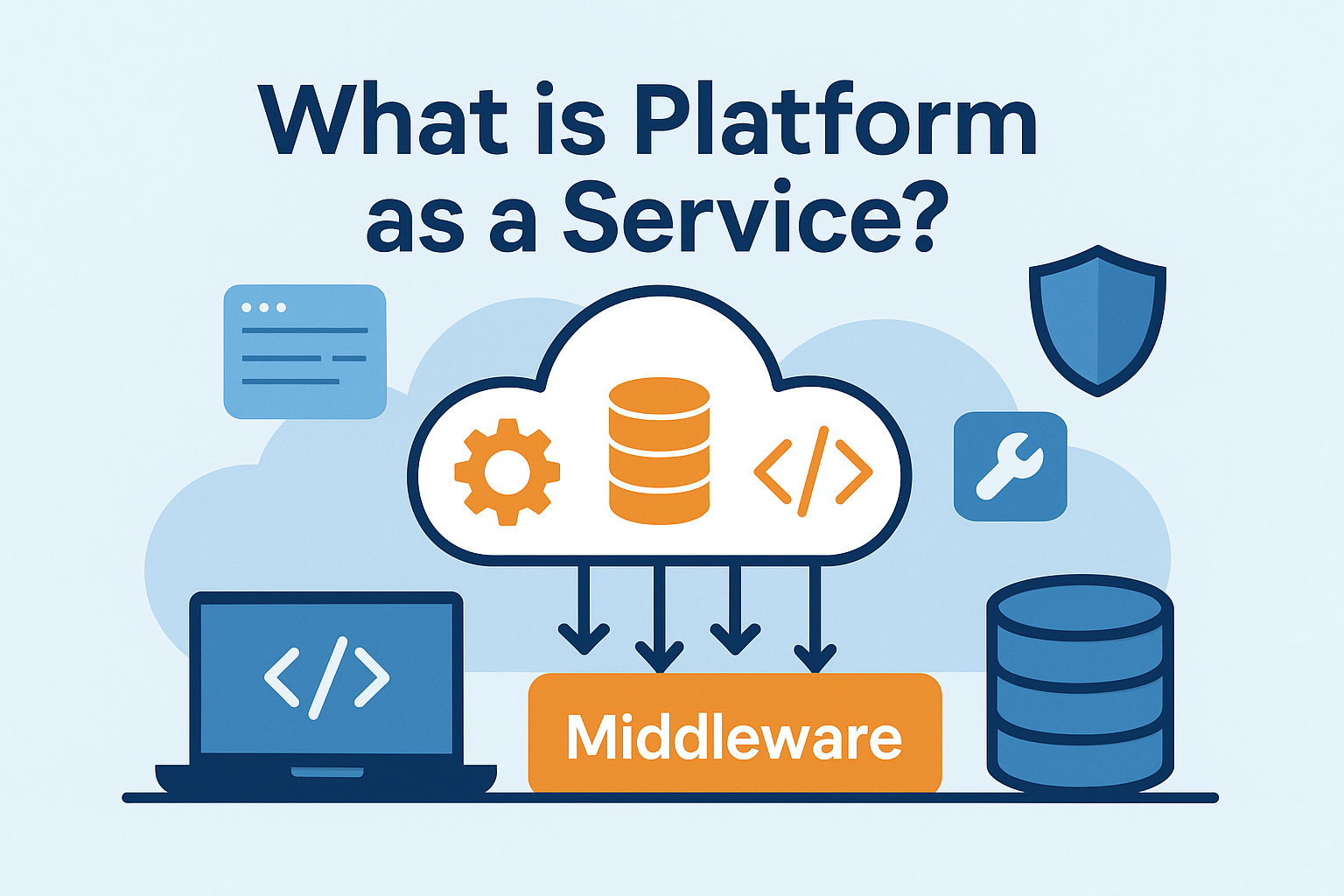How to Add a New Column on SQL: A Step-by-Step Guide
Updated on August 6, 2025, by Xcitium

If you’ve ever wondered how to add a new column on SQL, you’re not alone. As business needs evolve, databases must adapt—often by adding fields like “Department,” “Status,” or “CreatedDate.” Using the ALTER TABLE … ADD COLUMN statement lets you enrich schemas without re-creating tables. In large environments, this process also intersects with performance planning and security—especially for IT managers and cybersecurity professionals.
What Is the SQL ALTER TABLE ADD COLUMN Command?
In SQL (across SQL Server, MySQL, PostgreSQL, Oracle), the ALTER TABLE … ADD COLUMN statement lets you modify an existing table by adding one or more columns.
Syntax (SQL Server/MySQL/PostgreSQL):
ALTER TABLE table_name
ADD COLUMN column_name data_type [constraint];
Examples:
Add Email to Customers table:
ALTER TABLE Customers ADD Email VARCHAR(255);
Add multiple columns in one statement:
ALTER TABLE Employees
ADD Department VARCHAR(50), JoinDate DATE NOT NULL;
Real‑World Examples & Use Cases
Example 1:
Add a Department field to an Employees table:
ALTER TABLE Employees ADD Department VARCHAR(50);
This is useful when you need to track department affiliations in reporting or access logic.
Example 2:
Add two new columns to a Quotations table:
ALTER TABLE sales.quotations
ADD description VARCHAR(255) NOT NULL,
amount DECIMAL(10,2) NOT NULL;
Best Practices When Adding Columns
- Choose proper data types and constraints
Always specify types accurately (e.g., DATE NOT NULL), avoid ambiguous defaults.
Use default values where appropriate
Prevent nulls in existing rows by using a default value:
ALTER TABLE Orders
ADD order_status VARCHAR(50) DEFAULT ‘Processing’;
- Be cautious on large tables
Adding columns (even nullable) in massive tables may cause page splits and performance lag. Consider offline operations, use smaller interim tables, or schedule maintenance windows. - Column position matters for convenience, not tech
SQL Server always appends new columns last. Reordering is possible via SSMS but not generally recommended.
Securing Schema Changes & Sensitive Data
Column-Level Security Considerations
When adding new columns—especially with sensitive data (like SSN or salary)—implement column-level security via:
- Granting privileges only to authorized roles
- Creating views exposing only permitted columns
- Masking or encrypting these columns (Always Encrypted or Dynamic Data Masking use cases)
Secure Alter Operations
- Ensure least privilege: only DBAs or designated roles have ALTER rights
- Track schema changes via audit logs
- Encrypt data at rest and in transit, especially for new columns that might carry sensitive information
Planning & Security Checklist Before Adding Columns
- ✅ Validate business need and forecast impact
- ✅ Review data volume and table size
- ✅ Choose correct data types and defaults
- ✅ Prepare rollback plans
- ✅ Document schema changes affecting integrations
- ✅ Review column-level privileges & masking
- ✅ Schedule changes during low-traffic windows
- ✅ Audit permissions and logs post-change
Advanced Scenarios: Virtual Columns & Computed Fields
Some SQL dialects like OEM MySQL or Oracle support virtual/generated columns, which calculate values based on expressions (e.g. total = quantity * price) without storing them physically. Useful when derived columns support analytics but adhere to normalization logic.
Performance & Impact on Production Tables
- Adding new columns causes schema lock, so operations on large tables may block user traffic. Use offline maintenance or partition strategies to mitigate.
- Null-only additions are faster; default-filled columns require logging and may slow inserts.
- New columns can affect indexing, backups, and query execution plans; always test changes in staging prior to production.
Wrap-Up Thoughts
Knowing how to add a new column on SQL is essential for agile data schema management. Do it right—with proper planning, security layering (especially if columns contain sensitive data), and performance awareness—to keep systems robust, compliant, and scalable.
Call to Action
Need SQL schema governance, audit-ready column-level controls, or monitoring for DDL changes?
👉 Request a Free Demo from Xcitium to explore integrated database monitoring, column access controls, and compliance audit automation for enterprise environments.
FAQ
Q1: Does adding a nullable column affect existing data?
No—nullable columns default to NULL for prior rows unless you specify a default value.
Q2: Can I add multiple columns in one command?
Yes—you can separate multiple columns with commas in a single ALTER TABLE … ADD statement.
Q3: Should sensitive data in new columns be encrypted?
Absolutely—consider using Always Encrypted or dynamic masking, plus column-level roles or privileges to restrict access.
Q4: What if I need columns ordered after specific existing fields?
SQL Server doesn’t support ordering via script. You would need to recreate the table or use SSMS GUI tools—though this is generally discouraged.
Q5: How do I minimize downtime during column addition on large tables?
Plan for maintenance windows, batch alter during off-hours, or use shadow tables and schema migrations to reduce impact.
















